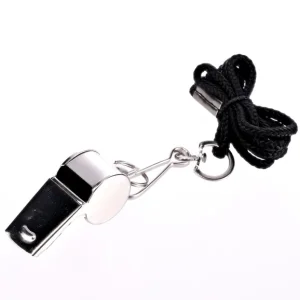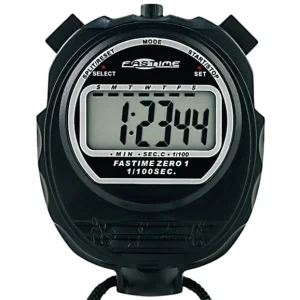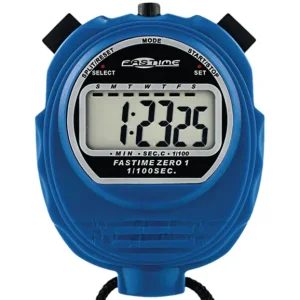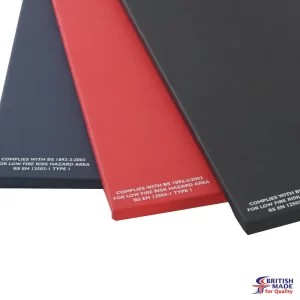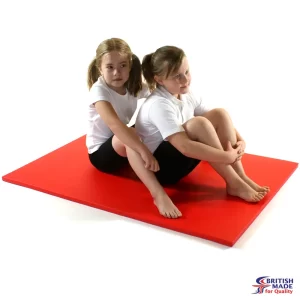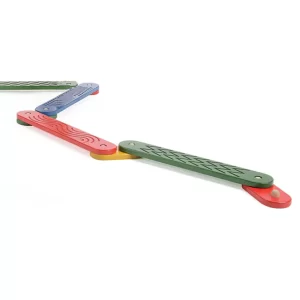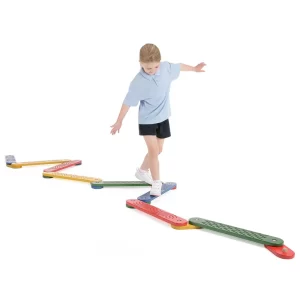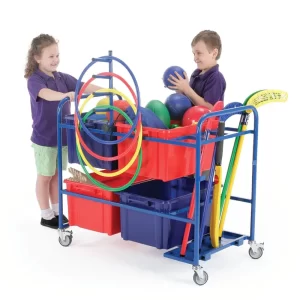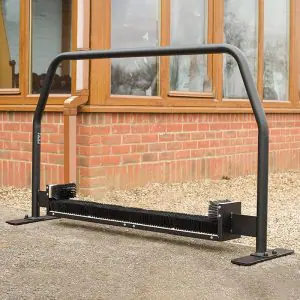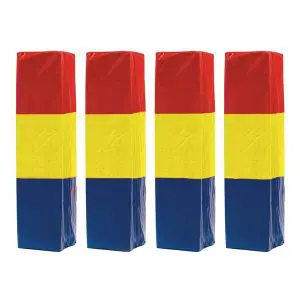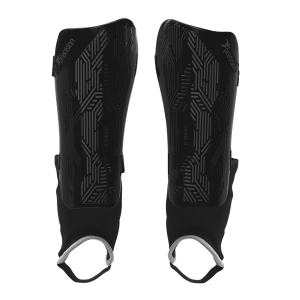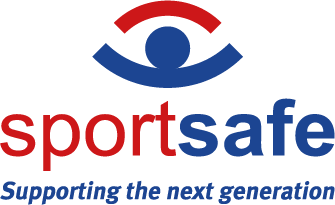No products in the basket.
According to the Association for Physical Education, ‘The Royal Society for the Prevention of Accidents (RoSPA), the personal, Social and Health Education (PSHE) Association, Institute of health Promotion and Education (IHPE), and Ofsted are all in agreement about the importance of promoting effective learning about safety in schools.’
Sounds serious? Well, yes…safety is a serious, potentially life-changing, matter. However, it does not, and should not, have to put a dampener on the fun and benefits of play, PE, sport and fitness; it can be handled ‘in a relevant, fun, progressive, inclusive and practical way as a key part of developing a healthy and active lifestyle.’ (afPE – ‘Safe Practice’).
What is striking is how much we tend to know as adults – and take for granted as plain ‘common sense’ or ‘obvious’ – but children have to learn, just to be safe.
For example, the older ones amongst us may be all too aware of the importance of looking after their backs; they have grown accustomed to the expected everyday aches and pains from an overworked spine.
But children and young adults have a sense of invincibility and a tendency to rush in without a thought of consequence.
Just because they can lift a heavy object with their back curved, or run a distance in ill-fitting shoes on a hard surface, or jump from a height and land heavily, does not mean they should.
But before we get too Orwellian and Thought Police about all this – time to reel back and remember that children also need to have the freedom to move, to experience, to test their limitations and to learn from their own mistakes.
General strength, muscle development, bone density, skin health, lung capacity, confidence, independence, curiosity (to name but a few) – all come from play, sports and fitness activities and are essential health and life skills.
So how do you combine fitness freedom with sensible safety? How do you help your children, pupils and students to assess and value safety for themselves but not be overwhelmed by anxiety?
The answer lies in gradual, consistent education and inspirational modeling by supportive adults and sports leaders. Safety needs to be embedded in every aspect of PE, sport, fitness and play but, with foresight and planning, it can be an organic, unobtrusive and educational process. Let’s start with the basics…
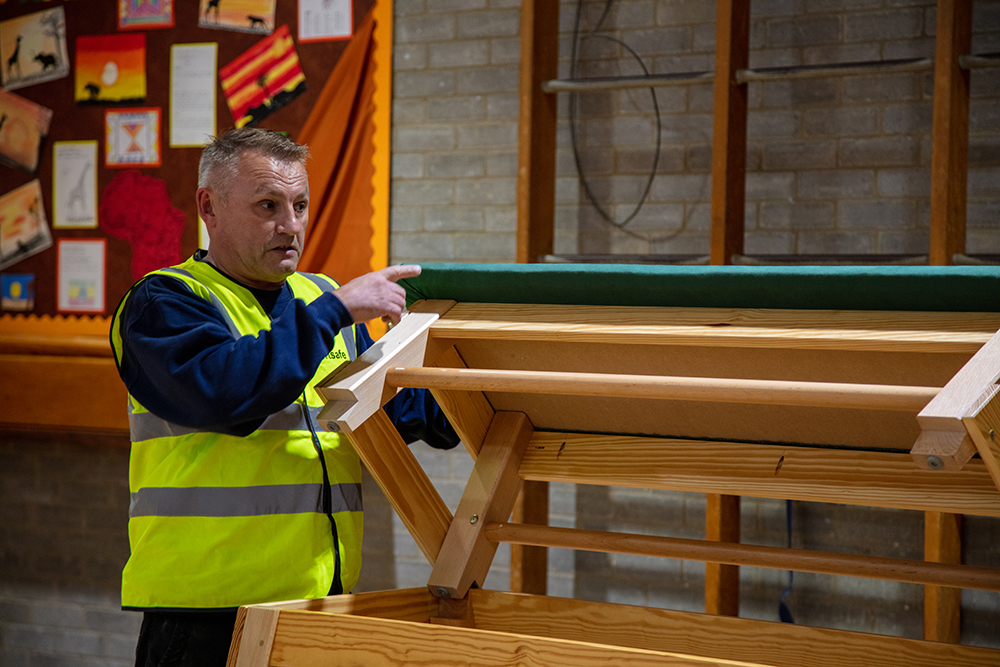
Appropriate clothing
Many a PE teacher is used to the student eye-roll when they insist on earrings being taped and all jewellery removed! However, ‘anything from a torn earlobe to a major infection, such as perichondritis, can result from trauma caused by contact sports (Cleveland Clinic, 2023). Other risks include minor infections, bleeding, or stretched piercings, which also require medical treatment.’
Equally, protective clothing or accessories may be an effort to put on but it can make all the difference in preventing irritating, or even lifechanging, injuries. Children should be encouraged from an early age to recognise protective clothing as part of their sports kit and that it really is not ‘cool’ not to wear it.
Appropriate footwear
There is a saying, ‘No foot, no horse,’ – and the same applies to us! If you don’t take care of your feet and wear the correct, well-fitting footwear for the activity, a whole host of joint, muscle and back injuries can result. ‘Proper footwear for athletes is crucial as it provides essential support, protection, and comfort needed for their respective sports. Proper footwear helps prevent injuries by stabilizing the foot and ankle, reducing shock and impact, and providing proper arch support. It also helps enhance performance by providing grip, traction, and stability and allowing for efficient movement. Additionally, proper footwear is essential for injury rehabilitation and recovery. Proper footwear isn’t reserved just for professional athletes. Anyone who participates in a sport is an athlete. Even hobbyists can benefit from good foot hygiene and proper equipment.’
Warm Up and Cool Down
The ‘warm up’ and ‘cool down’ stages of each lesson are vital for your students’ safe and effective sports performance. Students need to acquire practical knowledge and understanding of warming up and cooling down. This process starts with them following consistent good practice and culminates in them designing their own relevant and appropriate procedures. Students should be progressively involved in designing, conducting and evaluating their own warm-ups and cool-downs.’
Different muscle groups
Just taking the time to learn a little a bit about how the body works (maybe some cross-curricular with the sciences and PE) can make all the difference for safer and more effective sports training and participation. ‘Although some people enjoy the freedom of creating their own workout plans, you may also find that you’d rather work with a certified personal trainer or another fitness expert. A personal trainer can show you how to perform exercises with proper technique so you can safely do them on your own later.’
Bone strength and Joint Care
‘Developing safe, effective and correct joint alignment (eg knees over toes when bending, correct spinal alignment in different moves, avoiding moves and exercises that put stress on joints, especially the neck, lower back or knees)…Because of their weaker bones and lower mechanical efficiency, children should not perform adult versions of muscle-strengthening activities. Sit ups, press-ups and circuit training activities performed at speed are inappropriate.’
Association for PE – ‘Safe Practice’.
Even with increased awareness of other players and changing environments, a crucial fundamental skill also lies in the ability to stop in an emergency. Every class teacher knows the importance of a good rapport with the class and respect for discipline – even more vital in an emergency situation when students may need to react quickly and efficiently as one body to instructions. This is particularly essential in the sports and PE environment where large groups of people, active on different surfaces in a variety of spaces and with a range of equipment, are commonly involved. Emergency behaviour and procedure has to be rehearsed and respected by all to prevent serious damage, injury or worse.
Hot and cold weather
Weather and temperature not only affect enjoyment levels in sport and play but they can cause all sorts of difficulties and threats to safety in terms of athletes’ own personal physical welfare, surface disturbance and damage to equipment. Appropriate clothing, footwear, nutrition and hydration are all significant for the athlete or student’s management of their own physical response. Equally, regular inspection of surfaces and equipment are essential to ensure safe use throughout the year despite changes in weather and temperature.
Safe equipment
It might also be worth considering those little extra considerations that are simple to apply but can transform sports safety from adequate to excellent. For example, exposed Rugby posts are a quiet hazard. Investing in quality, weather-proof, durable padding covers is an easy way to keep unnecessary injuries at bay. Similarly, which mat you choose can make a huge difference to safety around equipment and protection of backs and joints of athletes and gymnasts. There is a such an extensive range of mats available now that the best solution for every sport and situation is readily accessible.
Trained, confident, capable teachers and coaches
Of course, however well dressed, hydrated and prepped the student or padded, checked and reinforced the equipment, everyone is only as safe as the person in charge! Equipment and facilities are constantly evolving, as is the knowledge about best sports and training techniques and practice. Just as professional athletes rely on their coaches to be at the top of their game, so every pupil and student must be secure in the expertise, training, competency and confidence of their teacher. Access to training and support from management is, therefore, central to safety in all aspects of education, not least sport and PE.
Lots to think about – but look after the detail and hours of safe, fun sport lie ahead!

